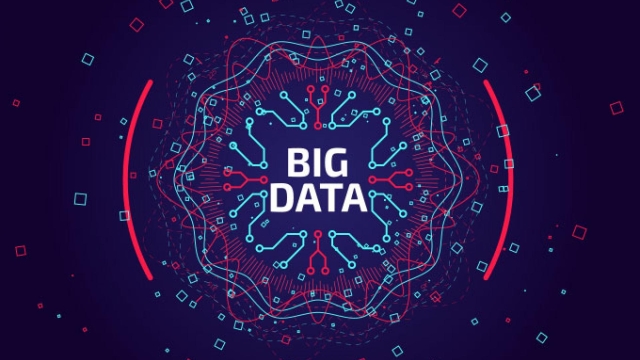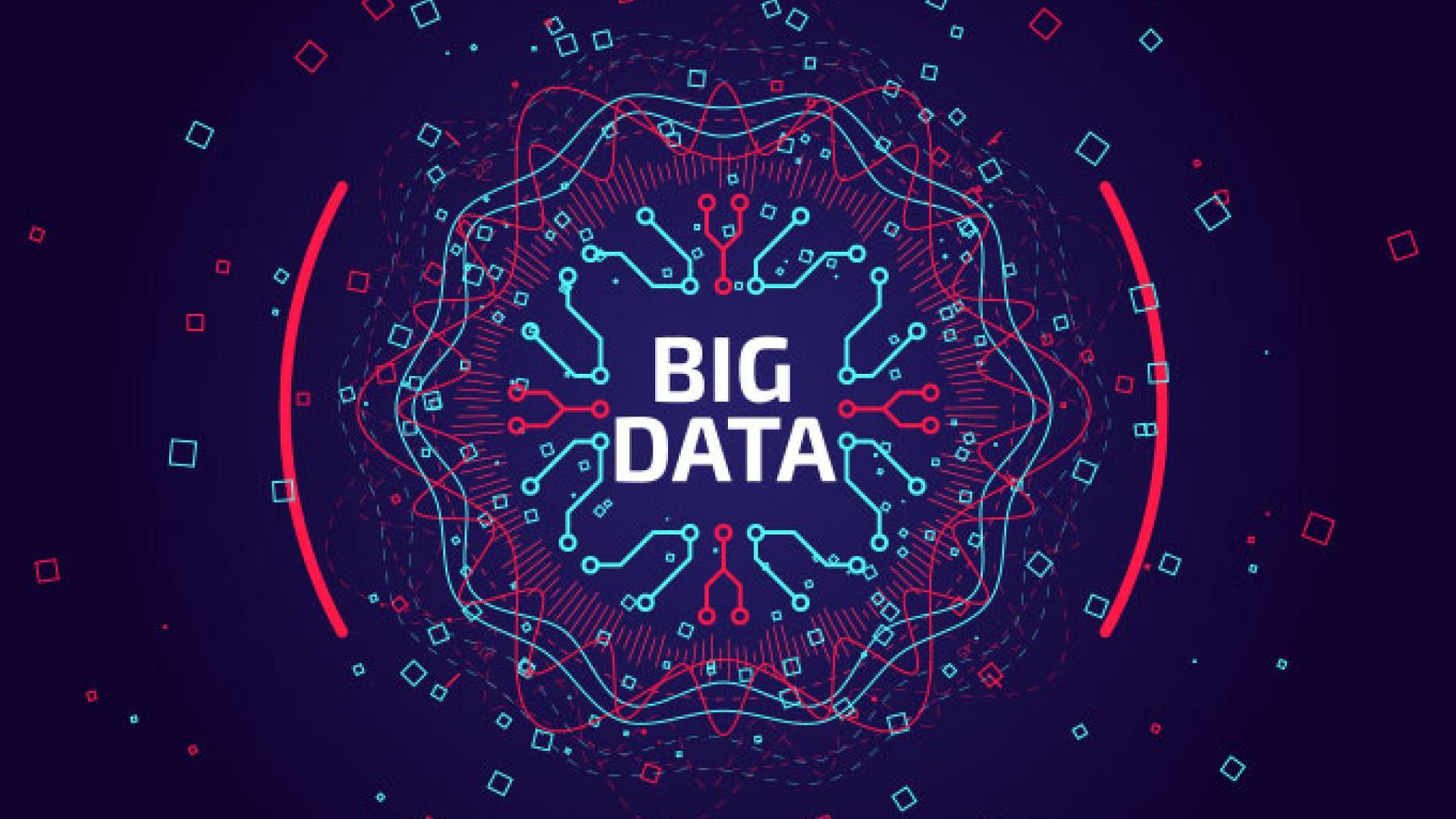
Decoding Data: Unveiling Insights through Analysis
- by Jose Bryant

In the modern era where immense volumes of data are generated daily, the process of data analysis has become essential for individuals and businesses alike. Data analysis involves inspecting, cleansing, transforming, and modeling data to discover meaningful insights, make informed decisions, and solve complex problems. Through the systematic examination of data sets, valuable patterns, trends, and correlations can be unveiled, providing a deeper understanding of various phenomena. This analytical approach empowers organizations to optimize processes, enhance decision-making, and gain a competitive edge in the dynamic landscape of today’s data-driven world.
Methods of Data Analysis
Data analysis is a crucial process in extracting valuable insights from raw data. One common method used is Descriptive Analysis, which involves summarizing and interpreting data to understand patterns and trends.
Another powerful technique is Inferential Analysis, where statistical methods are applied to draw conclusions and make predictions based on sample data. This method helps in making informed decisions and understanding the broader implications of the analyzed data.
Machine Learning, a subfield of data analysis, utilizes algorithms and models to automatically learn and improve from data without being explicitly programmed. This approach is particularly effective for complex data sets and can uncover hidden patterns and relationships.
Key Takeaways
Data analysis is a crucial process for extracting valuable insights from complex datasets. By utilizing various techniques and tools, analysts can uncover trends, patterns, and relationships within the data to make informed decisions.
One key takeaway is the importance of data quality in ensuring accurate analysis results. Clean, reliable data is essential for producing meaningful insights and avoiding misleading conclusions. Data preparation, including cleaning and pre-processing, plays a significant role in setting the foundation for effective analysis.
Another key takeaway is the iterative nature of data analysis. The process often requires refining hypotheses, exploring different approaches, and revisiting previous steps to gain deeper insights. Flexibility and curiosity are key qualities for successful data analysts in navigating the complexities of interpreting data.
Future Trends
In the rapidly evolving landscape of data analysis, it is crucial to stay attuned to emerging trends that shape the field. One notable trend is the increasing reliance on machine learning algorithms to process and interpret vast datasets. As technology continues to advance, we can expect to see a greater integration of artificial intelligence and automation in data analysis processes.
Another key trend is the emphasis on real-time data analysis capabilities. With the growing demand for instant insights and actionable intelligence, organizations are investing in tools and technologies that enable them to analyze data in real-time. This shift towards real-time analysis allows businesses to make quicker decisions and respond promptly to changing market conditions.
Furthermore, the concept of data democratization is gaining traction in the data analysis domain. Organizations are recognizing the importance of making data accessible to a wider range of users across different departments. By promoting data democratization, companies can empower employees at all levels to leverage data for informed decision-making, fostering a data-driven culture within the organization.
In the modern era where immense volumes of data are generated daily, the process of data analysis has become essential for individuals and businesses alike. Data analysis involves inspecting, cleansing, transforming, and modeling data to discover meaningful insights, make informed decisions, and solve complex problems. Through the systematic examination of data sets, valuable patterns, trends,…